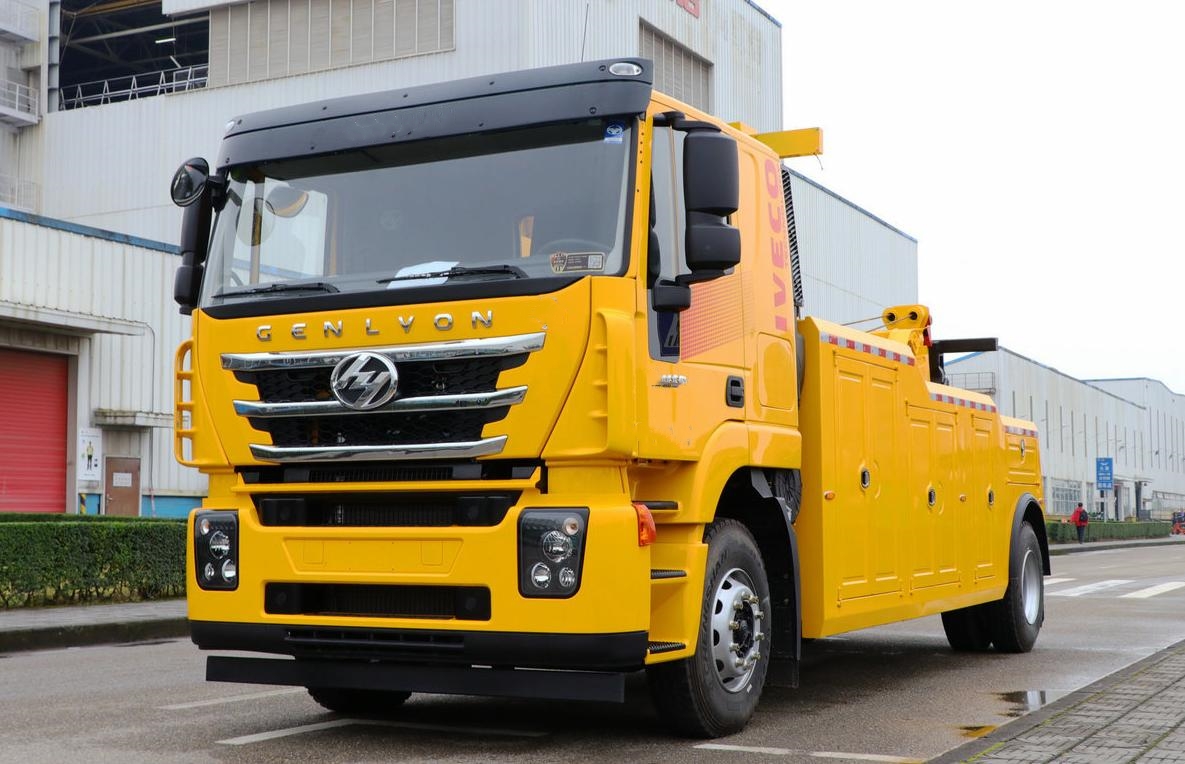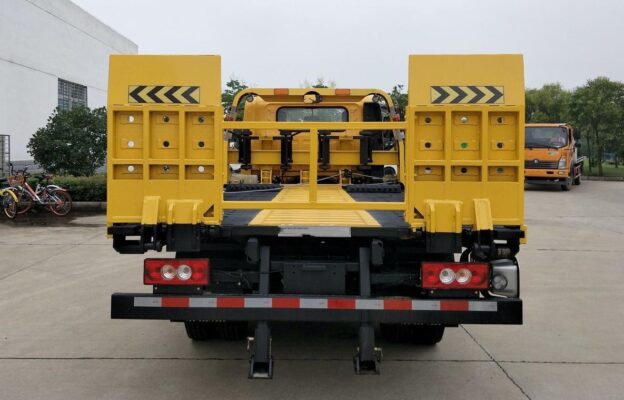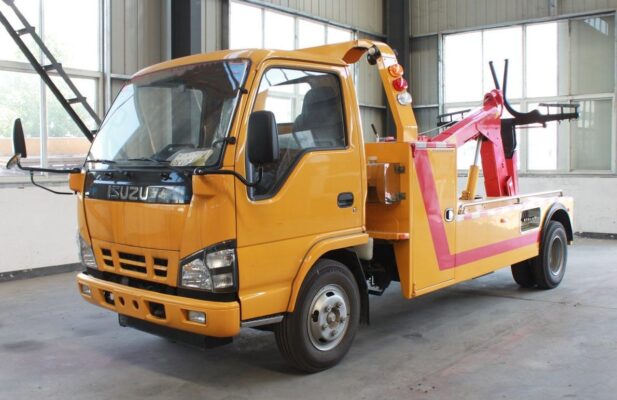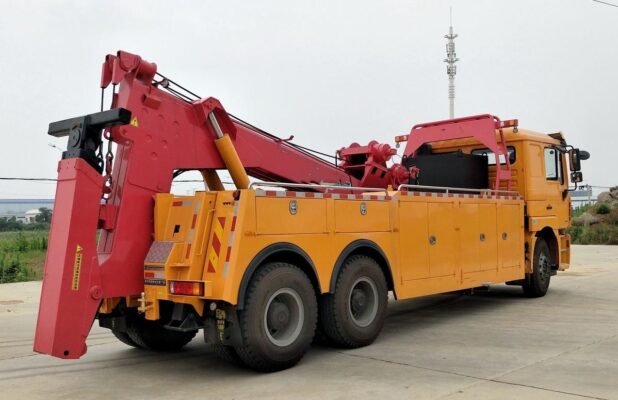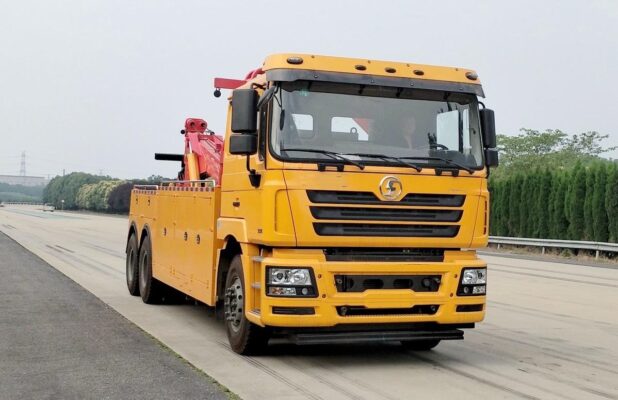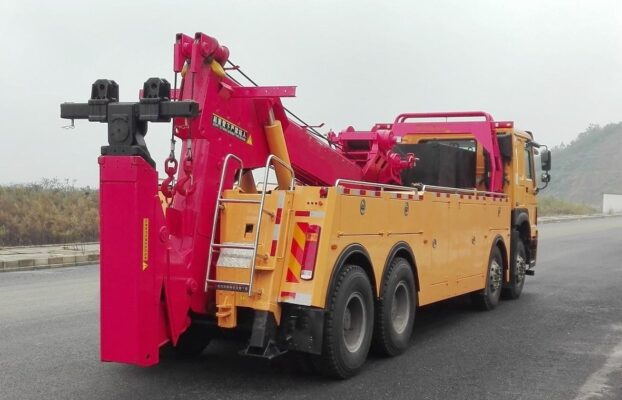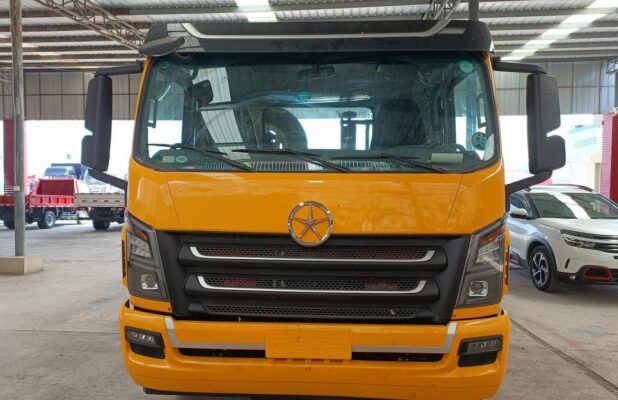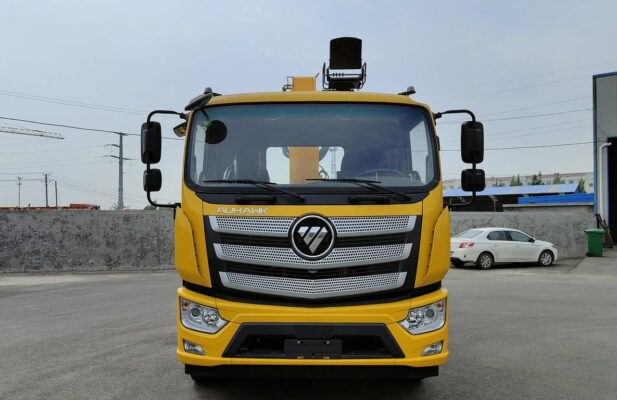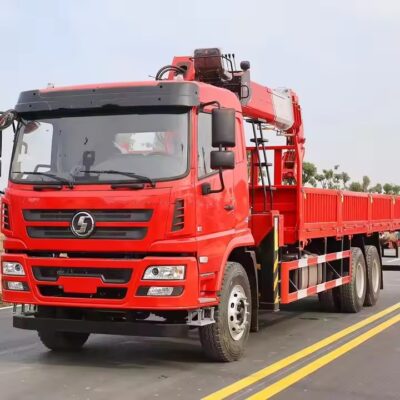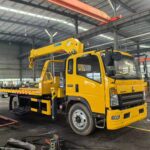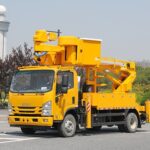Gantry cranes are essential equipment in various industrial settings, including construction sites, shipping yards, and manufacturing facilities. Their primary function is to lift and move heavy loads, but this capability comes with significant safety risks. Proper safety measures must be implemented to minimize these risks and ensure the safety of operators and personnel in the vicinity. This comprehensive guide outlines critical safety operation precautions and technical measures for gantry crane operations.
I. Safety Operation Precautions for Gantry Cranes
1. Inspection and Certification
Before any gantry crane can be used, it must be inspected and certified by relevant authorities. This process includes:
- Mechanical Inspection: A thorough check of all mechanical components, including the crane structure, hoists, and pulleys, is necessary to ensure they are in good working condition.
- Electrical Check: Inspect all electrical components and wiring for any signs of wear or damage, ensuring they function properly and safely.
- Protective Devices: Verify that safety devices, such as emergency stop switches and limit switches, are operational. If any major components are found to be malfunctioning, such as controllers or brakes, lifting operations must cease immediately.
2. Operator Training and Certification
Only trained and certified operators should operate gantry cranes. Key requirements include:
- Understanding Mechanisms: Operators must understand the crane’s mechanical structure and performance characteristics.
- Focus and Attention: Operators should remain focused and alert during operations, ensuring they are well-rested and not under the influence of alcohol or drugs.
- Safety Harnesses: When working at heights, operators must wear safety harnesses. Emergency stop signals should be followed promptly, with immediate action taken in emergencies.
3. Clear Communication
Effective communication is vital for safe crane operations:
- Confirming Signals: Operators must confirm command signals before proceeding with operations and ensure that the bell is rung before lifting.
- Signalman Commands: Operators should follow signals from the signalman carefully, with an emphasis on safety.
4. Slow and Cautious Operations
During critical operations, particularly when approaching limits or working near other cranes:
- Slow Speeds: Operate at slow speeds when nearing hoisting limit switches or when other cranes are in proximity.
- Avoid Misuse of Safety Features: Do not use braking systems or limit switches as parking devices or for regular operation.
5. Designated Walkways
Safety measures extend to movement around the crane:
- Safe Pathways: Personnel should only walk on designated safety walkways or platforms and should never walk on the crane tracks, except when performing maintenance.
- Crossing Protocols: Crossing from one crane to another is strictly prohibited.
6. Load Handling Protocols
Proper handling of loads is critical for safety:
- Avoid Leaving Loads Suspended: Do not leave loads suspended when operations are paused. If personnel are on the ground, a warning bell should be sounded when moving loads.
- Prohibition of Overhead Lifting: Never lift loads over people’s heads, and ensure that loads are not lifted excessively high off the ground.
7. Synchronizing Operations
When using multiple cranes:
- Coordination is Key: Operators must synchronize their actions when two cranes are lifting the same load, following clear commands.
8. Maintaining Safe Distances
A safe distance between operating cranes is essential to prevent accidents and collisions.
9. Safety During Repairs
When performing repairs on gantry cranes:
- Power Disconnection: Always disconnect the power supply and hang “Do Not Enter” signs.
- Safety Fencing: The area should be fenced off, and “No Entry” signs must be posted.
10. Trial Lifts for Heavy Loads
Before lifting heavy loads:
- Conduct Trial Lifts: Perform a trial lift just above the ground to check for stability and braking effectiveness before moving the load.
- Avoid Simultaneous Control Handling: Do not operate multiple control handles at the same time.
11. Prohibit Personnel Movement During Operation
No personnel should ascend or descend from the crane while it is in operation. Maintenance and adjustments should only be performed when the crane is fully powered down.
12. Power Failure Protocols
In the event of sudden power failure during operation:
- Switch Handle Positioning: The switch handle must be placed in the “0” position. Operators should not leave the cabin if the load is still suspended.
13. Emergency Measures for Load Drops
If a load drops due to a sudden fault:
- Implement Emergency Protocols: Take emergency measures to lower the load safely, ensuring no personnel are present in the vicinity.
14. Weather-Related Work Stoppage
Work must cease and the power supply disconnected during severe weather conditions, such as storms or high winds.
- Secure Wheel Chocks: Wheel chocks should be securely placed before stopping operations.
15. Adequate Lighting for Night Operations
Ensure adequate lighting for nighttime operations to prevent accidents and enhance visibility.
16. Awareness of Obstacles
Operators must remain vigilant for obstacles on the tracks during movement, especially when lifting tall items that obstruct visibility. Designated personnel should monitor operations to ensure safety.
17. Ten No-Lift Rules
Operators must adhere to the following “Ten No-Lift” rules to ensure safety:
- Rated Load Compliance: Do not lift loads exceeding the rated capacity of the crane.
- Clear Command Signals: Do not lift if command signals or load weights are unclear or if visibility is poor.
- Secure Ropes and Accessories: Ensure that ropes and accessories are securely fastened and meet safety standards.
- Avoid Direct Lifting of Heavy Objects: Do not lift heavy objects directly.
- Balanced Loads Only: Avoid lifting unbalanced or misaligned loads.
- Personnel Safety: Do not allow personnel to stand on or above the load.
- Prohibition of Explosive Materials: Do not lift explosive items like oxygen cylinders or acetylene generators.
- Proper Padding for Sharp Edges: Ensure that items with sharp edges are adequately padded.
- Buried Objects: Avoid lifting buried objects unless they are properly secured.
- Avoid Overfilled Liquid Containers: Do not lift containers that are overfilled with liquids.
18. Post-Operation Procedures
After work is completed, operators should follow these steps:
- Proper Parking: Park the crane in a designated location, raise the hook, and move the small cart to both ends of the track.
- Control Handle Positioning: Place the control handle in the “0” position and disconnect the power supply.
- Uniform Signals: Ensure uniform signals are used between drivers and signalmen.
- Dedicated Ladders: Use dedicated ladders for entering and exiting the operator’s cabin.
- Insulation Measures: Place insulation materials, such as wooden boards or rubber mats, in the operator’s cabin.
19. Preparatory Tasks for Modular Cranes
Before using modular cranes, operators must perform the following preparatory tasks:
- Structural Integrity: Check that the connections of steel structural components are secure.
- Lubrication: Ensure that all rotating parts of the hoisting machine are adequately lubricated and that the braking device is responsive.
- Electrical Wiring: Verify that the wiring of electrical equipment is correct and that insulation is in good condition.
- Limit Switch Sensitivity: Check the sensitivity of limit switches and ensure lighting equipment is functional.
- Compliance Inspections: Inspect scaffolding, guardrails, and ladders for safety compliance and secure track clamps or anchoring bolts.
- Movement Checks: Ensure the triangular frame’s rear support leg pins and clamps are functioning correctly.
- Fire Safety Equipment: Confirm that fire safety equipment in the control room and operator’s cabin is complete and effective.
20. Operator Cabin Location
The operator’s cabin must be positioned to provide good visibility of the work area, enabling operators to maintain awareness during operations.
21. Compliance with Safety Technical Standards
The hoisting, luffing, and rotating functions of the crane must meet the safety technical requirements for hoisting machines. The traveling motor must comply with relevant safety specifications, and the wire ropes used by the crane must adhere to established safety standards.
22. Operational Area Preparation
Before operation, ensure that the track, ground, and operational area are free of personnel and obstacles. Signal the start of operations by sounding the bell. A designated person must pull the cable during large cart movement, ensuring the small cart’s cable is insulated and moves freely. Before lifting, conduct a test run without a load, followed by a trial lift of 100-150mm off the ground. If any issues are found with the load binding, re-bind it before proceeding.
II. Safety Technical Measures for Operations
1. Regular Inspections and Maintenance
Implement regular inspection and maintenance schedules for lifting machinery and auxiliary tools to prevent malfunctions and ensure safe operation.
2. Weather Considerations
Avoid conducting lifting operations during severe weather conditions, particularly in high winds, to minimize risks.
3. Travel Route Conditions
The surface of the crane’s travel route must be level and capable of withstanding pressure. Address any inadequacies thoroughly to prevent accidents.
4. Strict Lifting Sequences
Follow strict lifting sequences to ensure stability when lifting components. Secure any items that can be secured, and postpone lifts for those that cannot.
5. Clear Work Zones
Personnel should avoid standing under the crane arm or load during operations. The work area should have clear warning signs to prohibit entry by unauthorized individuals.
6. Compliance with Electric Power Regulations
Implement the “Electric Power Construction Safety Regulations” (DL500.1-2002) to ensure safe electrical practices during crane operations.
7. Personnel Safety Training
Ensure all personnel participating in installation work have completed safety training at all levels and passed health checks.
8. Inspection of Protective Equipment
Safety protective equipment must be used only after passing inspection to ensure reliability.
9. Proper Attire and Equipment Use
Enforce mandatory proper attire and the correct wearing of safety protective equipment when entering the construction site.
10. Special Work Operation Certificates
Winch drivers and lifting personnel must possess a valid “Special Work Operation Certificate,” ensuring they are qualified for their tasks.
11. Hot Work Safety Certifications
Personnel engaged in hot work or electric welding must also hold a “Special Work Operation Certificate.”
12. Pre-Work Safety Briefings
Conduct a safety technical briefing before commencing work, requiring all personnel to sign off before starting the project.
13. Pre-Operation Crane Inspections
Before using cranes, conduct thorough inspections focusing on the performance of rotating devices and braking systems. Work can only commence if there are no visible injuries or hazards.
14. Environmental Awareness for Personnel
Personnel directing crane operations must be familiar with the work environment to avoid contact with electrical and other equipment, particularly high-voltage lines. Maintain a minimum distance of 3m from high-voltage lines.
15. Safety Measures on Crane Trusses
When working on crane trusses, walking on a single beam without safety measures is prohibited. Safety ropes should be installed, and safety harnesses must be attached to these ropes.
16. Suspended Platforms and Temporary Structures
Conduct comprehensive inspections of suspended platforms or temporary structures before use to ensure safety and reliability. Ensure that guardrails are tied to fixed structures and not to the suspended structure itself.
17. Lighting for Night Operations
Ensure sufficient lighting for nighttime work to enhance visibility and safety during operations.
18. Welding Safety Measures
Welding personnel must use sturdy and reliable hanging racks and working platforms. Regularly check anchor points for safety. Crane operators should ensure that the lifting pathway is clear of personnel before commencing lifting operations.
19. Civil Construction Practices
Adhere to civil construction practices, ensuring that the construction area is cleared before the end of the day’s work.
20. Regular Inspections of Operational Pathways
Each workgroup must inspect operation pathways before and after construction, addressing any safety hazards immediately. Shift change personnel should exchange work information to maintain continuity.
21. Safety Precautions for Stored Items
Take safety precautions for any stored items that will not be used for an extended period, ensuring they do not pose hazards to personnel.
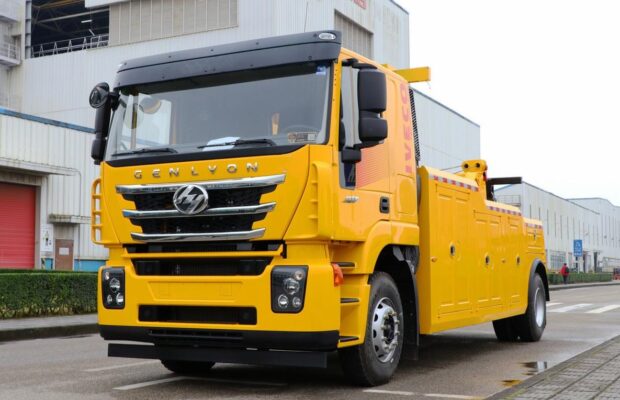
By implementing these comprehensive safety measures, organizations can significantly enhance the safety of gantry crane operations, protecting both personnel and equipment from potential hazards. Regular training, strict adherence to operational protocols, and a commitment to maintaining safety standards are essential for fostering a safe working environment.

